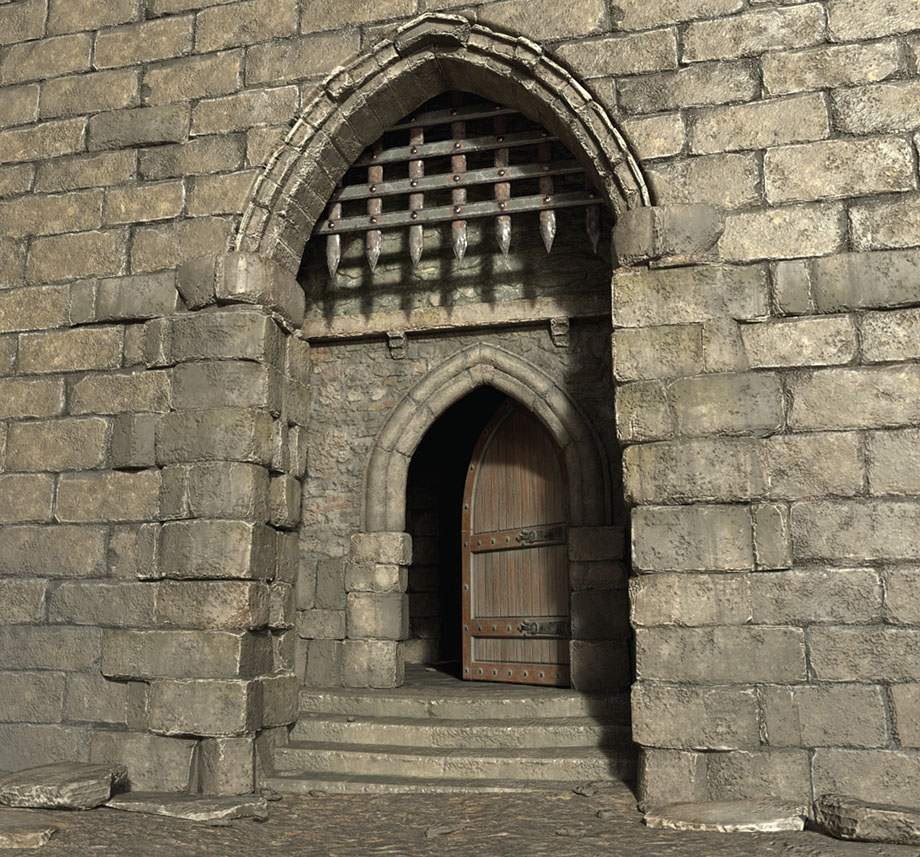
Castle Gate
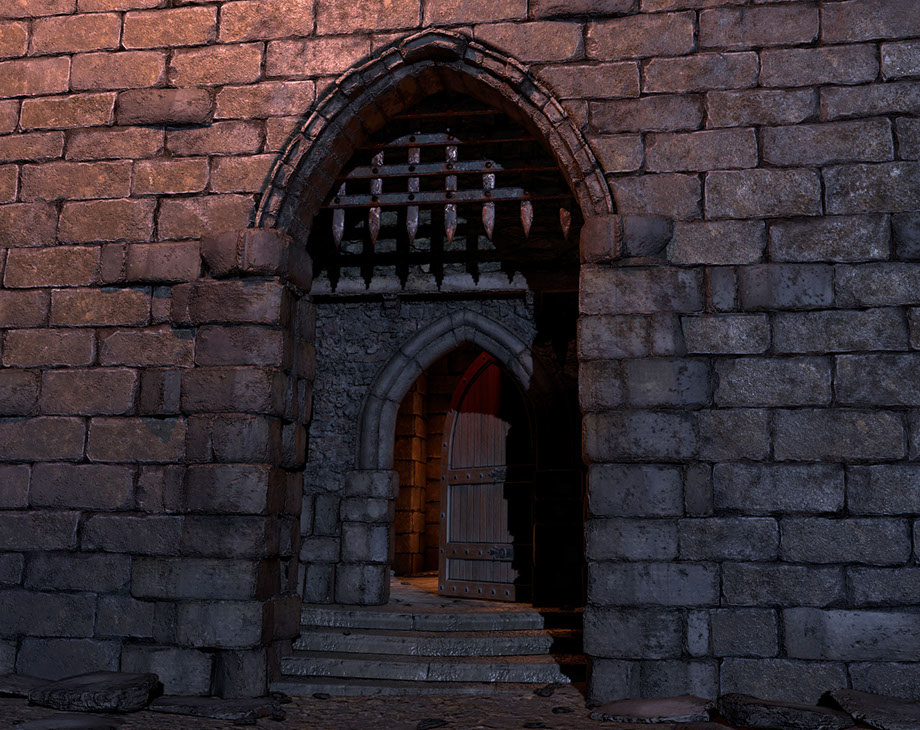
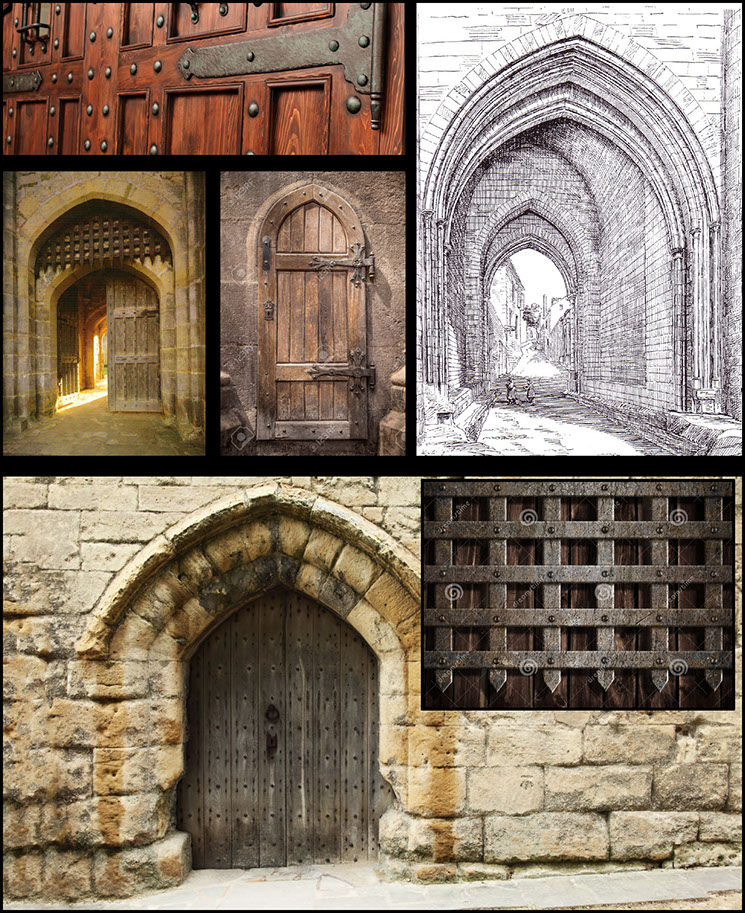
When I’m given a concept the first thing I do is look for a real world reference that will help me answer quesitons and assist in making the most convincing art I can. Above is a sample of some of that research.
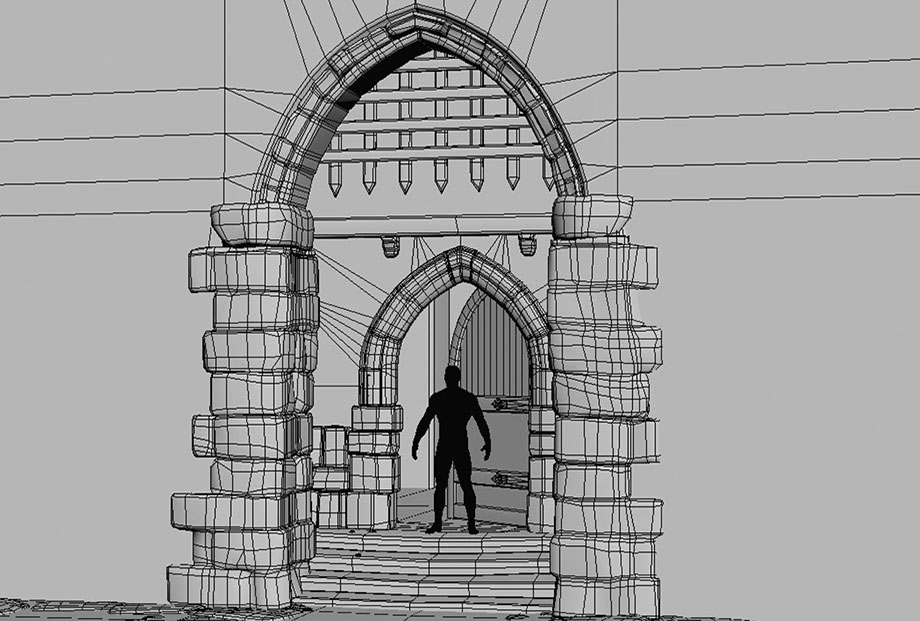
Often I will use a character model for reference when building my model along with real world measurements, this is very helpful for matching scale and making a convincing model.
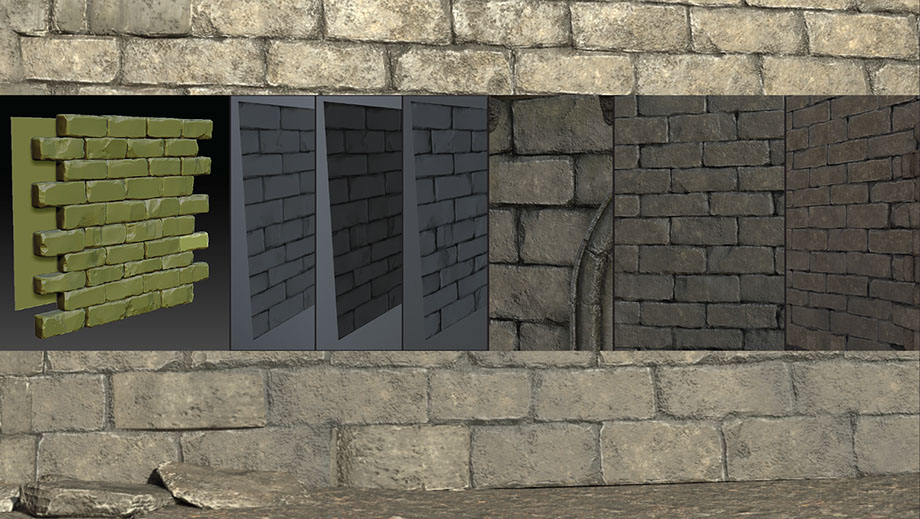
The tiling texture for the bricks was modeled in Zbrush, baked and then painted in Substance Painter.
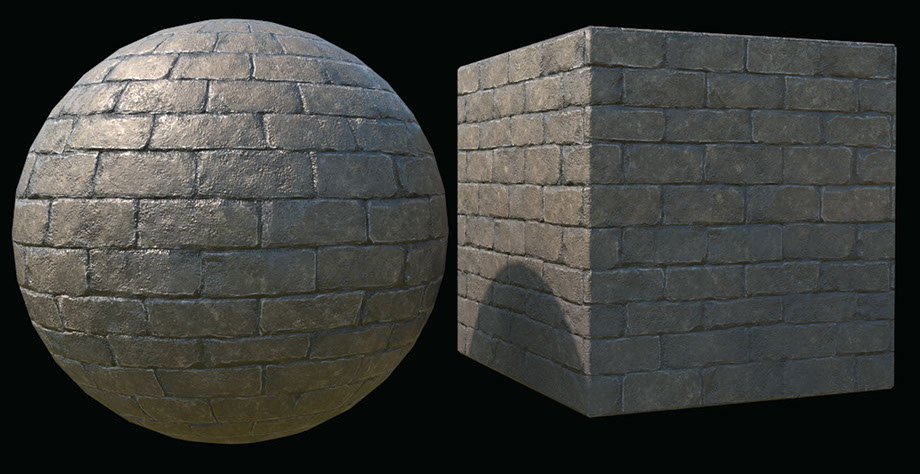
For me one of the more important parts of the texturing process is breaking up the roughness map. If I’m working in Substance Painter I will use grunge maps, dirt generators, FX paints, or simply hand paint, etc. Sometimes I will still use Photoshop to create certian types of maps like the cavity map shown to the right.
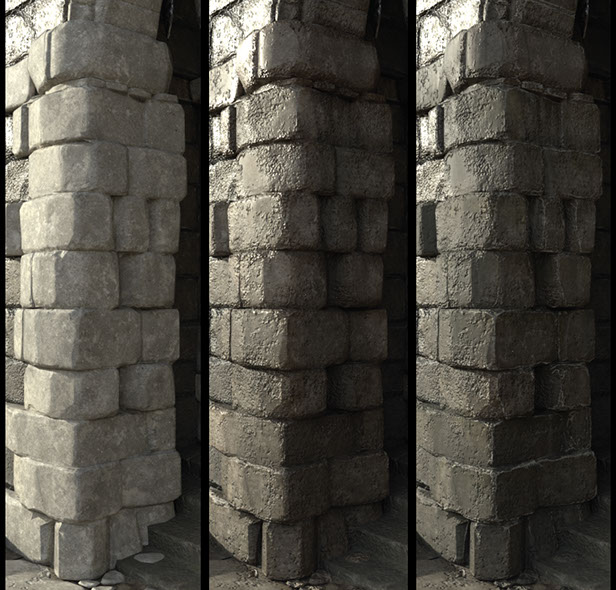
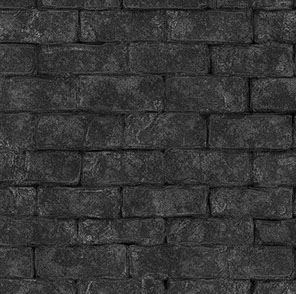
Above is an example of various stages of painting done with a goal towards weathering and aging.
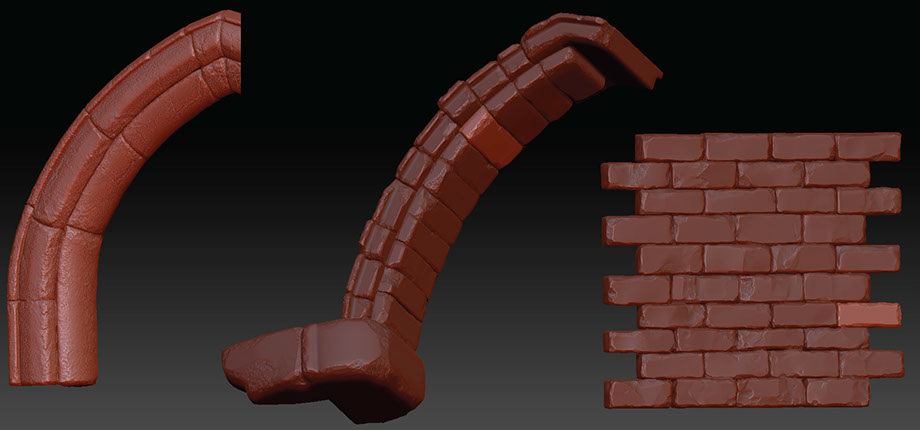
Most of the rock assets went into Zbrush for modeling.
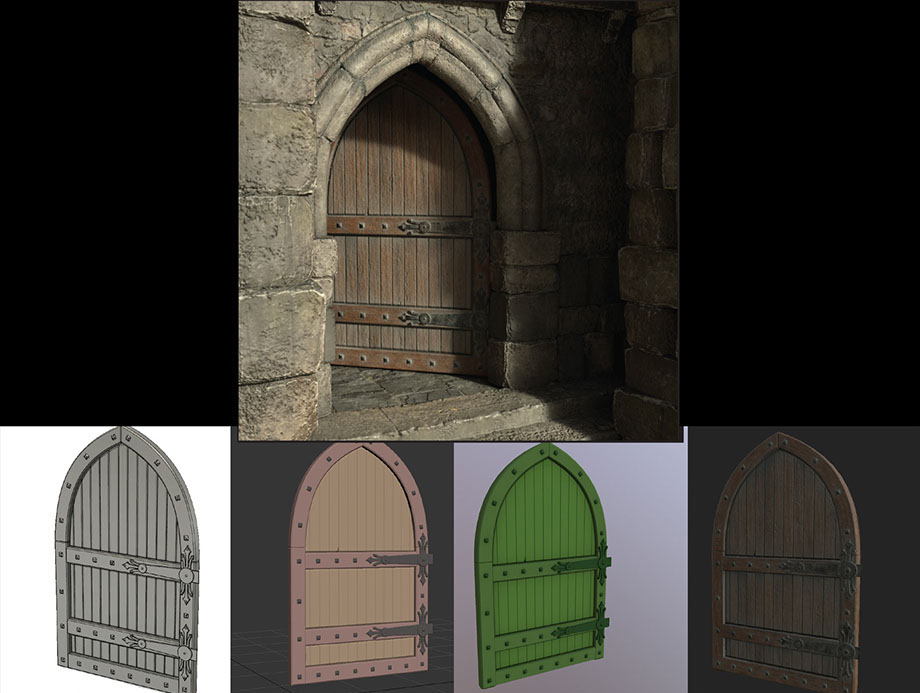
This asset was modeled in Fusion 360, low poly, material ids and uvs set in Max, baked in Marmoset, then to Substance Painter for texture. I use a variety of software to give me the best and quickest results, which means I never run out of new tools to learn. In this example, the asset was made using 4 different software packages.
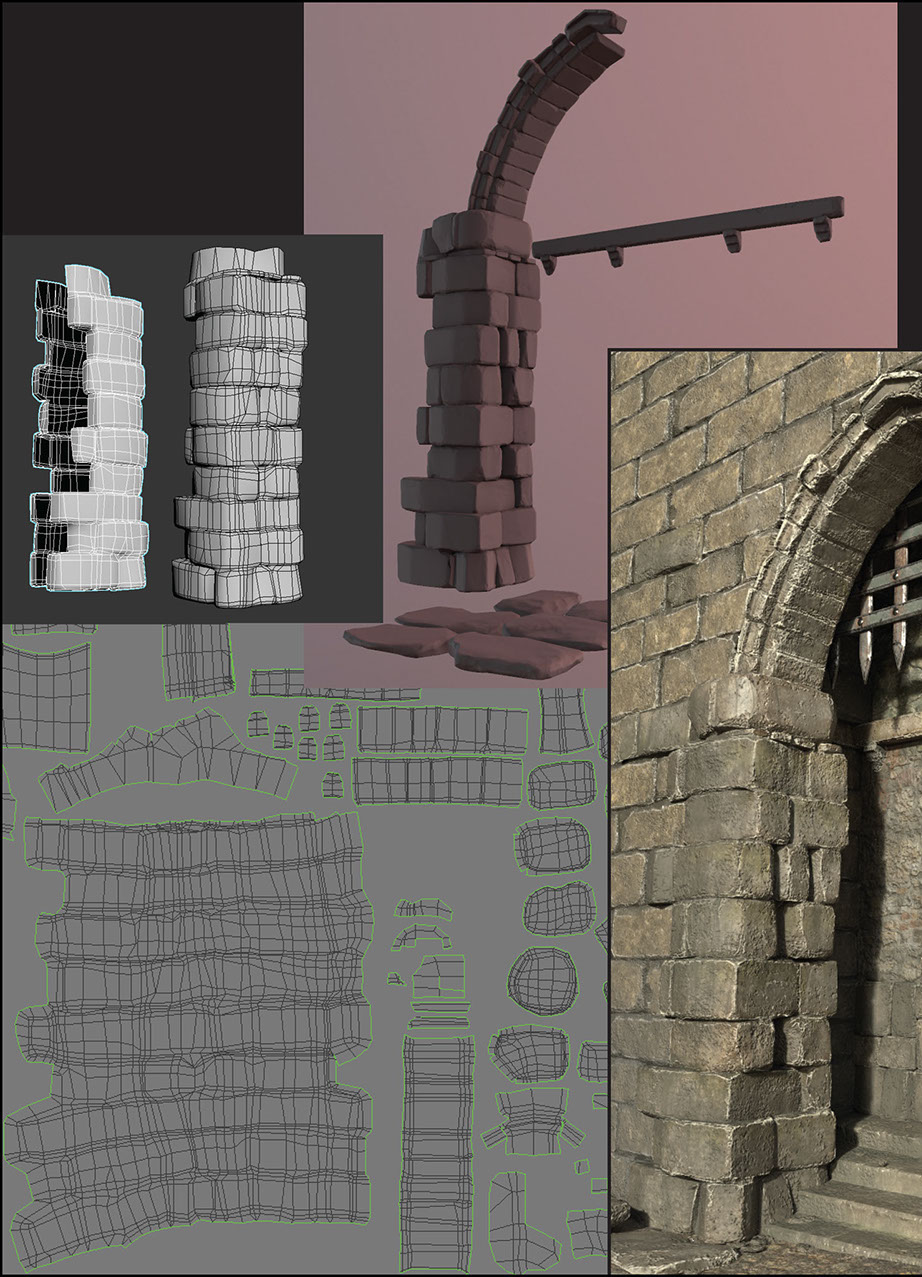
In order to keep the poly count down, these larger pieces like the brick column and arches are single meshes even though they look like many.
There is additional space on the uv sheet for future props like chains and torches.
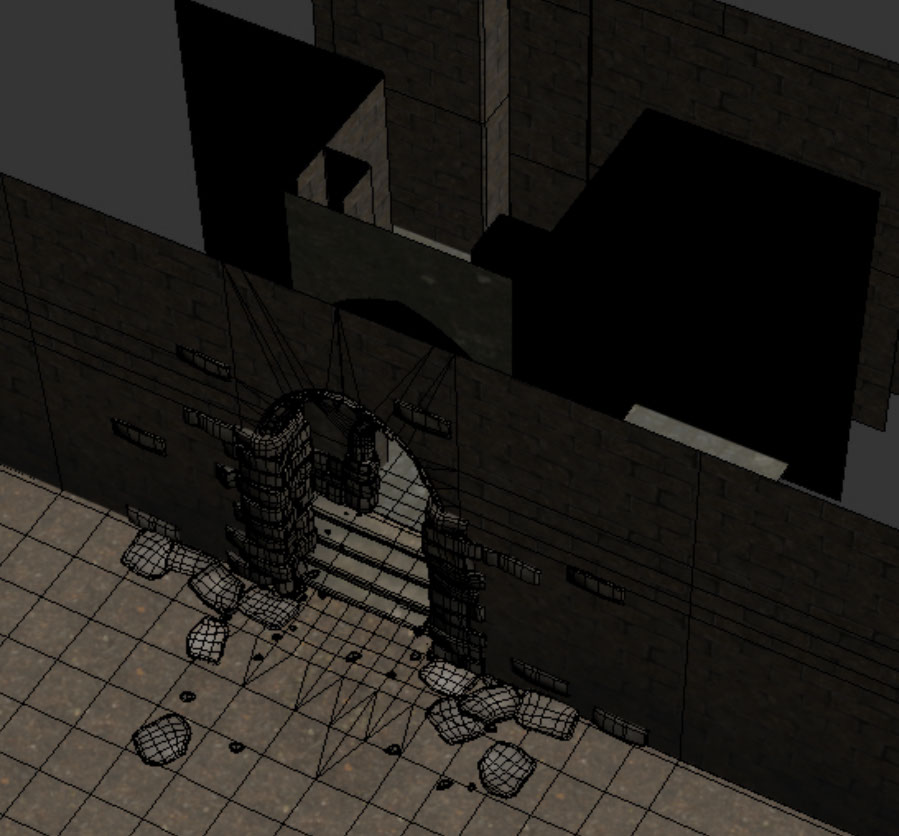
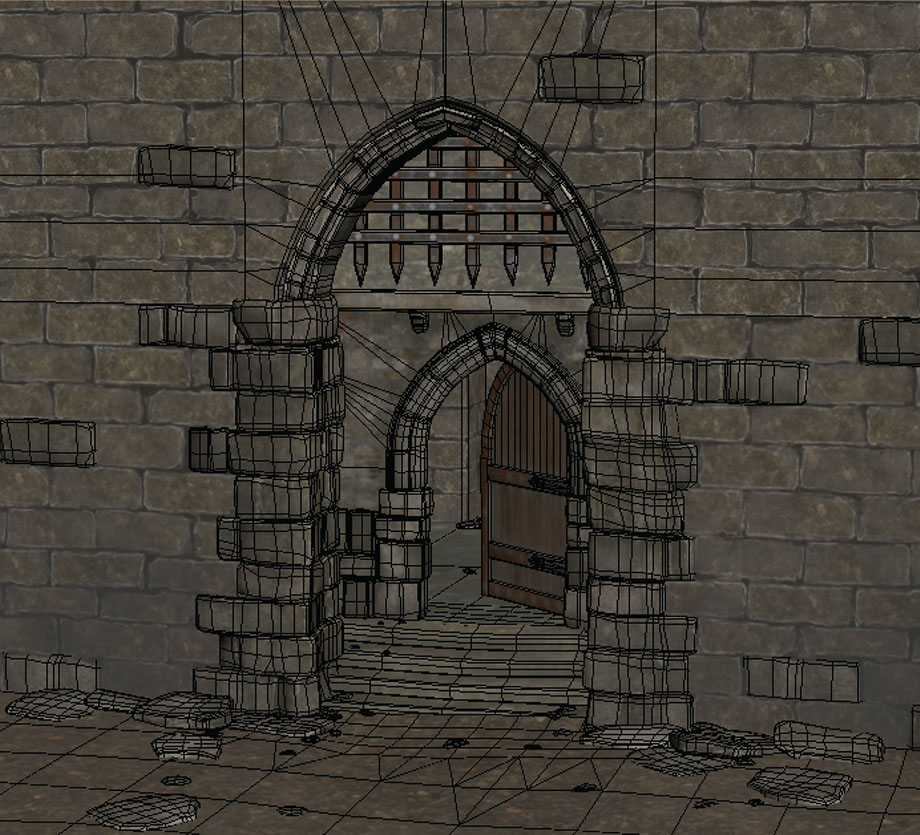
Final Model: 29,453 triangles (19,024 polygons)